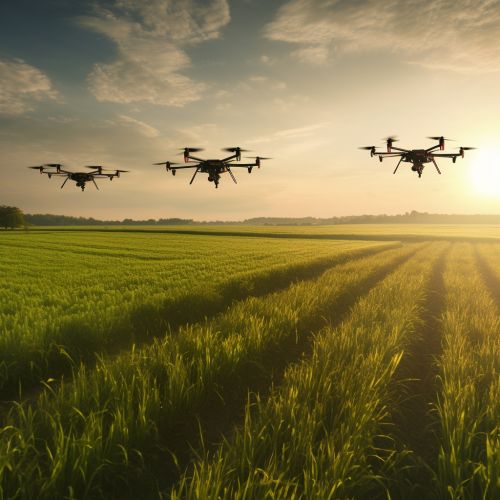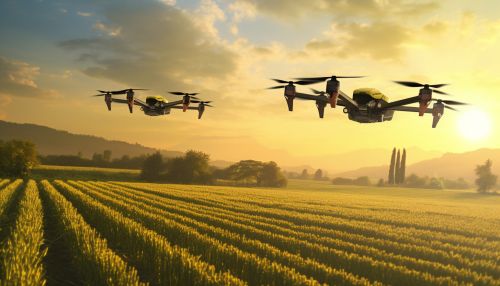Precision Agriculture
Introduction
Precision agriculture, also known as precision farming or satellite farming, is an approach to farm management that uses information technology (IT) to ensure that the crops and soil receive exactly what they need for optimum health and productivity. The goal of precision agriculture is to ensure profitability, sustainability, and protection of the environment.
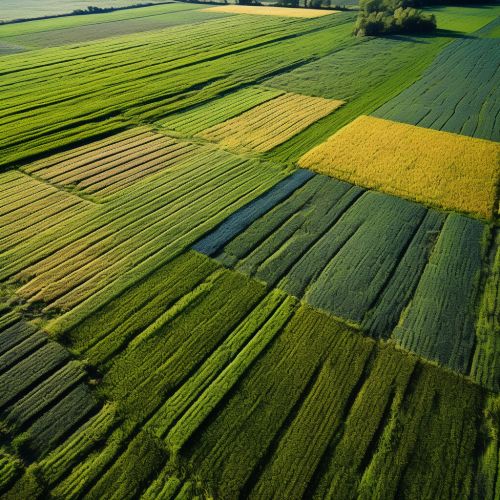

History and Development
The concept of precision agriculture first came into existence in the mid-1980s. Technological advancements in machinery and equipment, such as the Global Positioning System (GPS), have made precision agriculture possible and increasingly popular. In the early days, the adoption of precision agriculture was quite slow due to the high cost of GPS technology. However, as the cost of technology decreased, the adoption of precision agriculture increased.
Principles of Precision Agriculture
Precision agriculture is based on the principle of observing, measuring, and responding to inter and intra-field variability in crops. The key components of precision agriculture include:
- Geographic Information Systems (GIS): These are used to store and analyze data collected from the field.
- Global Positioning Systems (GPS): These are used to locate the position of the machinery and equipment in the field.
- Remote Sensing: This is used to collect data about the field and crops from a distance, usually from satellite or aircraft.
- Variable Rate Technology (VRT): This is used to apply inputs such as fertilizers and pesticides at variable rates across the field.
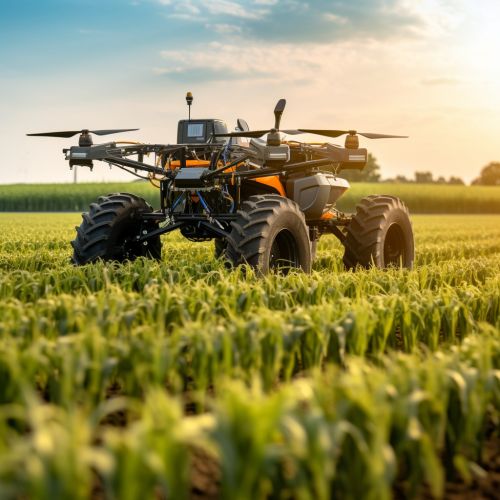
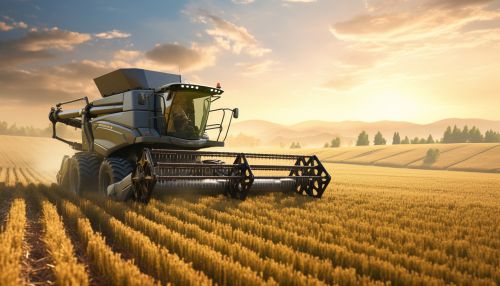
Benefits of Precision Agriculture
Precision agriculture has several benefits, including:
- Increased Yield: By managing the field on a site-specific basis, farmers can increase their yield.
- Reduced Input Cost: By applying inputs only where and when they are needed, farmers can reduce their input cost.
- Environmental Sustainability: By reducing the use of inputs, precision agriculture can reduce the impact on the environment.
- Improved Decision Making: By providing detailed information about the field and crops, precision agriculture can improve decision making.
Challenges and Limitations
Despite its benefits, precision agriculture also has several challenges and limitations. These include the high cost of technology, the need for technical skills to use the technology, the lack of reliable internet connectivity in rural areas, and the issues related to data privacy and security.


Future of Precision Agriculture
The future of precision agriculture looks promising with the advancement of technology. The use of artificial intelligence and machine learning in precision agriculture is expected to increase in the future. These technologies can help in analyzing the large amount of data collected from the field and making accurate predictions.
